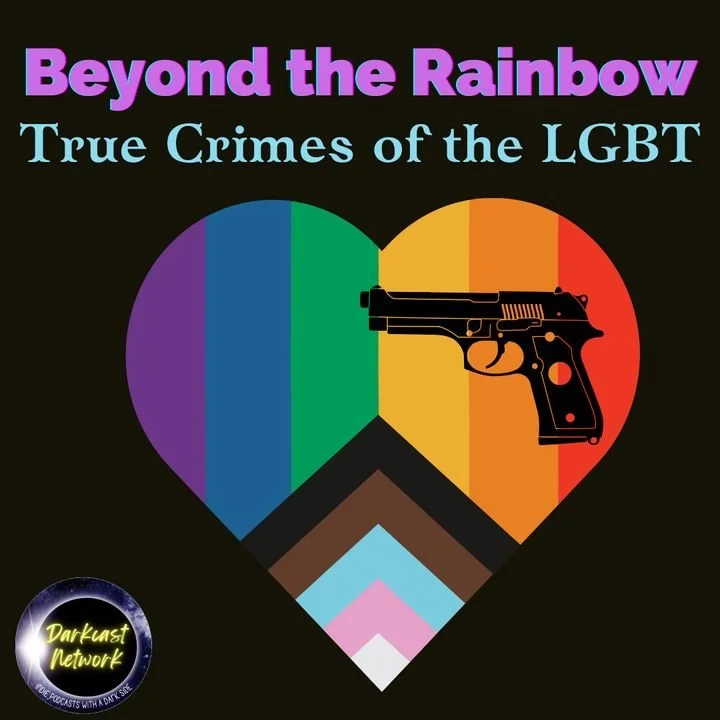Queer Activist Marsha P. Johnson’s Controversial Cause of Death
For over 50 years, June has been marked in the United States as Pride Month: a month to recognize, honor, and celebrate the LGBTQIA+ community and the integral figures whose actions, rioting, and lobbying have allowed so many modern days queer people to live more peacefully than what once could have been imagined. Beginning in 1969 with the famous Stonewall Riots, the LGBTQIA+ community’s most famous figures joined together in the early days with rage and determination in their souls, looking to make a new change according to Human Rights Campaign. One of these figures, who has become probably one of the most well-known historical figures who were integral to the early fight, had an end to her life that has haunted the community for years, leaving questions swirling around her death and legacy.
Known by some as “The Rosa Parks of the LGBTQ Movement,” Marsha P. Johnson was an integral piece in the fight for LGBTQIA+ rights and equality. Believed commonly as the figure who threw the first object at Stonewall (although in modern-day, this title has been contested on truly belonging to her or not), Johnson worked with all members of the community to craft a strong movement demanding justice and acceptance, not only from the rest of American society but also from within the community itself.
Because Johnson was a Black trans woman, she experienced and witnessed much of the discrimination that was unleashed on those who did not conform to the expectations and mold that the LGBTQ Movement created to represent themselves to outer society. According to Inside Edition, people of color, trans people, and the drag communities were heavily stigmatized and ostracized within the community itself, baring those individuals entry to many supposed accepting places like bars and clubs. Johnson worked to break down these barriers and increase the knowledge and acceptance of these marginalized peoples into the greater community, and worked with another trans woman, Sylvia Rivera, to create the S.T.A.R. House to provide food and shelter for young trans youth, along with being a founder of the Gay Liberation Front.
On July 6th, 1992, Johnson, 46 at the time, was found floating in the Hudson River, near Christopher Street Pier. Her death shocked the community she helped create, and mourners created a memorial at the sight that her body was retrieved from. According to HRC, her death, only days after the end of Pride, had a profound effect on both those who knew her and the many who looked up to her, and the nature of her cause of death has been the topic of discussion and debate for 30 years.
The first questionable piece related to her death was that her cause of death was almost immediately ruled a suicide by the New York Police Department, hours after retrieving her from the river and without enough time for a formal autopsy and consideration. Friends and family close to Johnson did not believe that this could be the case, that Johnson was an incredibly happy and upbeat person, and she did not exhibit signs of suicidal thoughts or tendencies at the time.
Confusing the matter, however, is a video found just days before she went missing and was found dead, showing Johnson discussing death. In the video, shown on Inside Edition’s site, Johnson says: “I don't think they do a good investigation on a gay murder. They think, ‘Oh, that is one more gone.’ When you gay, it takes forever. I always say tomorrow is not promised to me.” It has been argued that while she did state these sentiments, her statements are more so focusing on the plights of those in the community and the lack of investigation and concern given for those individuals, instead of discussing her own idealization of death. Another piece that many believes disproves the suicide theory is that Johnson left no form of a note to be found saying goodbye.
A piece that was found on Johnson’s body that raises questions is a bruise on the back of her head, an area that Johnson would obviously have a hard time reaching herself. One medical examiner has offered the explanation that the bruise could have been caused by the body decomposing over several days in the water, but Randy Wicker, Johnson’s roommate, said that when her body was removed from the river, it was still bleeding profusely, soaking into the pavement on the street, and so it seems unlikely that the body was in the river for that long.
There have been countless other theories to try and find an answer to what happened to Johnson that day. Was she killed by the mafia? Was she being chased and found no other escape? Did she slip and fall into the water?? As the police of the time refused to investigate further, and Johnson’s body was eventually cremated, destroying any other evidence, the community demanded more information and for justice to be brought to one of their greatest.
Twenty years after her death, in 2012, the case was reopened, and the NYPD looked once again at her death. From talking to those close to her, they gained some information relating to her being harassed days before her death and looked again at the state of the body, but in a year they deemed there wasn’t enough information to prove anything definitively and changed the cause of death from “suicide” to “undetermined” according to Inside Edition.
Also in 2013, a trans woman of color Islan Nettles was brutally beaten to death in New York. In the words of the HRC, the murder of Nettles around the same period and once again not coming to a conclusion on Johnson’s death shows the continued abuse and disregard for the violence their community faces. As reported in TIME magazine, since 2013 the violence against transgender has been tracked, and since that time over 256 incidences have occurred, with 66% of those being violence against women of color. Just like with Johnson’s death, nothing is done to protect these women or get them justice.
If you would like to learn more about Johnson’s life and the circumstances around her death, a documentary, The Death and Life of Marsha P. Johnson, was made in 2017, interviewing historians and queer activists on their knowledge of the situation.






